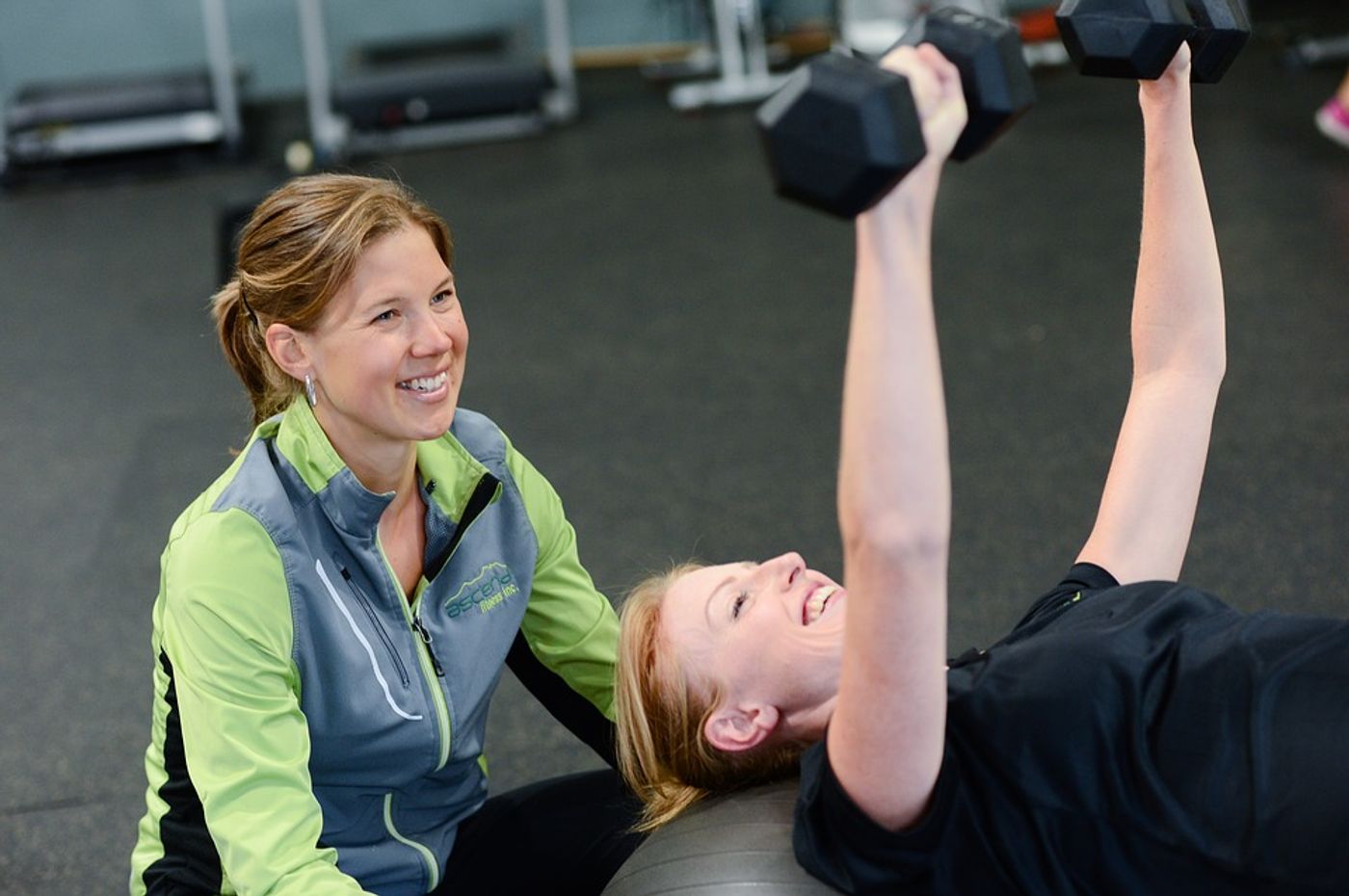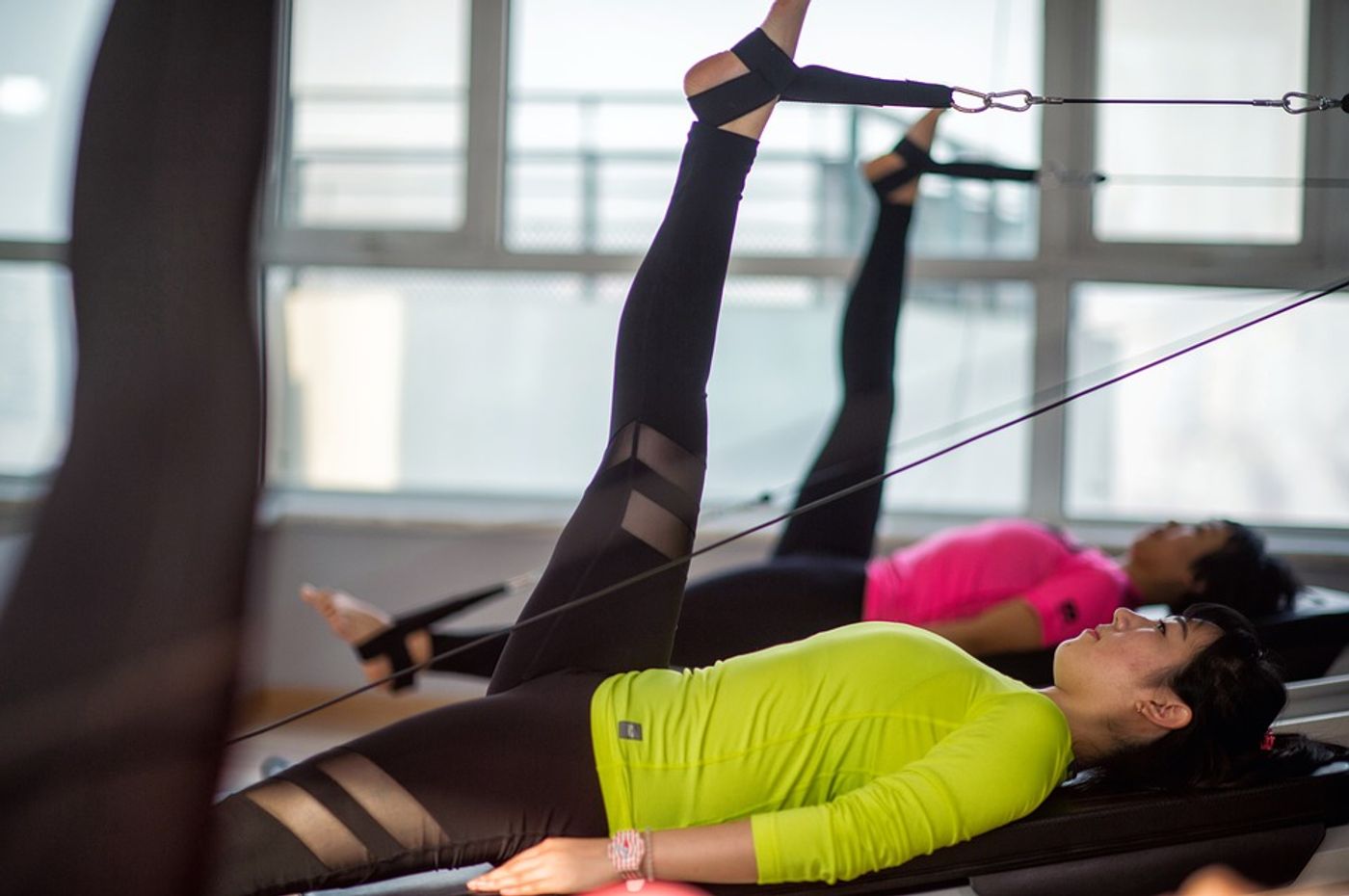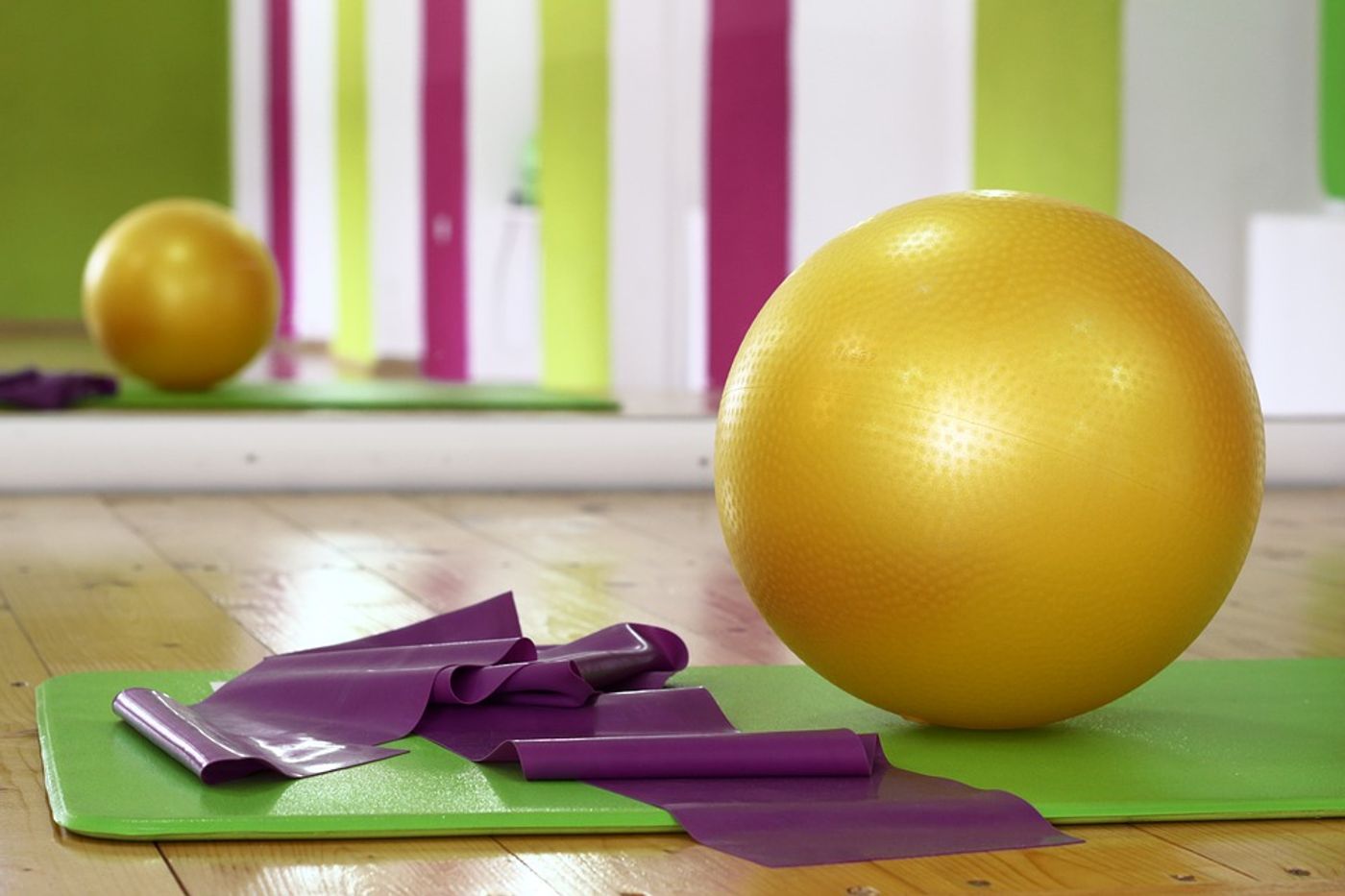Work Towards New Fitness Guidelines At Your Own Pace
The Department of Health and Human Services has released new guidelines on physical activity. Try to hold back that burst of excitement. The new guidelines recommend that adults get 150 minutes of exercise a week or just over 20 minutes a day.
Exercise includes any physical activity that adequately raises the heart rate. This can consist of anything from rowing to cycling to yoga, and each individual should strive to find an activity they enjoy.
Behavioral scientists will tell you, getting into the daily habit of exercising is difficult. Countless new exercisers sign up for fitness classes that are unexpectedly difficult for first-timers. Even classes known for their approachability and ease, like yoga, can leave you with muscle soreness for days after your first attempt.
That difficulty can translate into a bad experience, and people are unlikely to try something again after a bad first run. The trick in fitness is to stick with it through the difficult start-up period. An excellent way to do this is set goals and keep them in sight.
If you are new to exercise, I promise you, that feeling of impending doom will eventually subside. Not only will soreness from the initial class fade in a couple of days, but over time your body will adapt, and that class will no longer produce the same response.
It may sound absurd now, but eventually, that soreness is something avid exercisers seek. It is a signal that they had worked hard enough during a session. It’s important to challenge your body in this way because the type of workout that produces soreness also produces adaptations. These adaptations translate into stronger muscles with greater endurance.
Even normal daily activities, like walking up a flight of stairs or putting away groceries, will become easier. This is one of the reasons regular exercisers have so much extra energy. The hundreds of small physical tasks we complete every day take less effort from a stronger individual.
Regardless of what long-term exercisers are doing, beginners should focus on small manageable steps. If 150 minutes of exercise a week sounds undoable, start with a much more modest goal and build up. You can even do your daily workout in small chunks throughout the day.

Whatever mode of exercise you choose, develop a plan with manageable steps, write it down, and commit to it. If the sticking-to-it-part is the hard part for you, consider hiring a personal trainer or signing up for a months worth of fitness classes to get you started. Not only is working out in a group more fun, but the social support can be motivating. Additionally, money spent on classes and new class friends are bound to make you feel more accountable.
In fitness, the benefits may be difficult to see at first and may even take years to appear. For example, preventing heart disease is not something for which you will see instant results. It can be hard to get motivated to do something that doesn't provide an immediate return. That said, many exercisers report feeling better after a workout. Additionally, thousands of studies have documented the benefits of exercise to the heart, and you can rest assured that if you are exercising, you are earning yourself that benefit.
Sources: Health and Human Services










